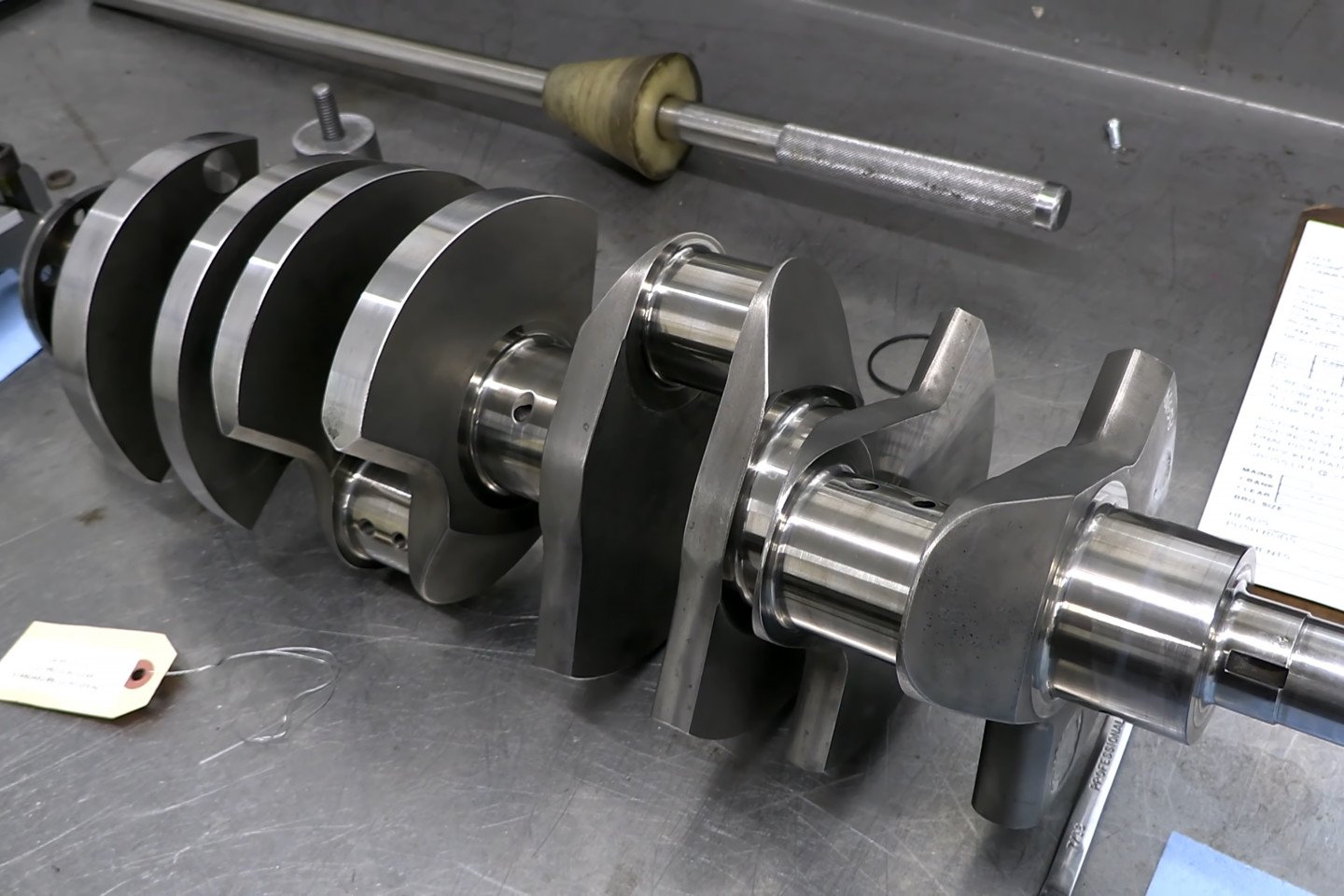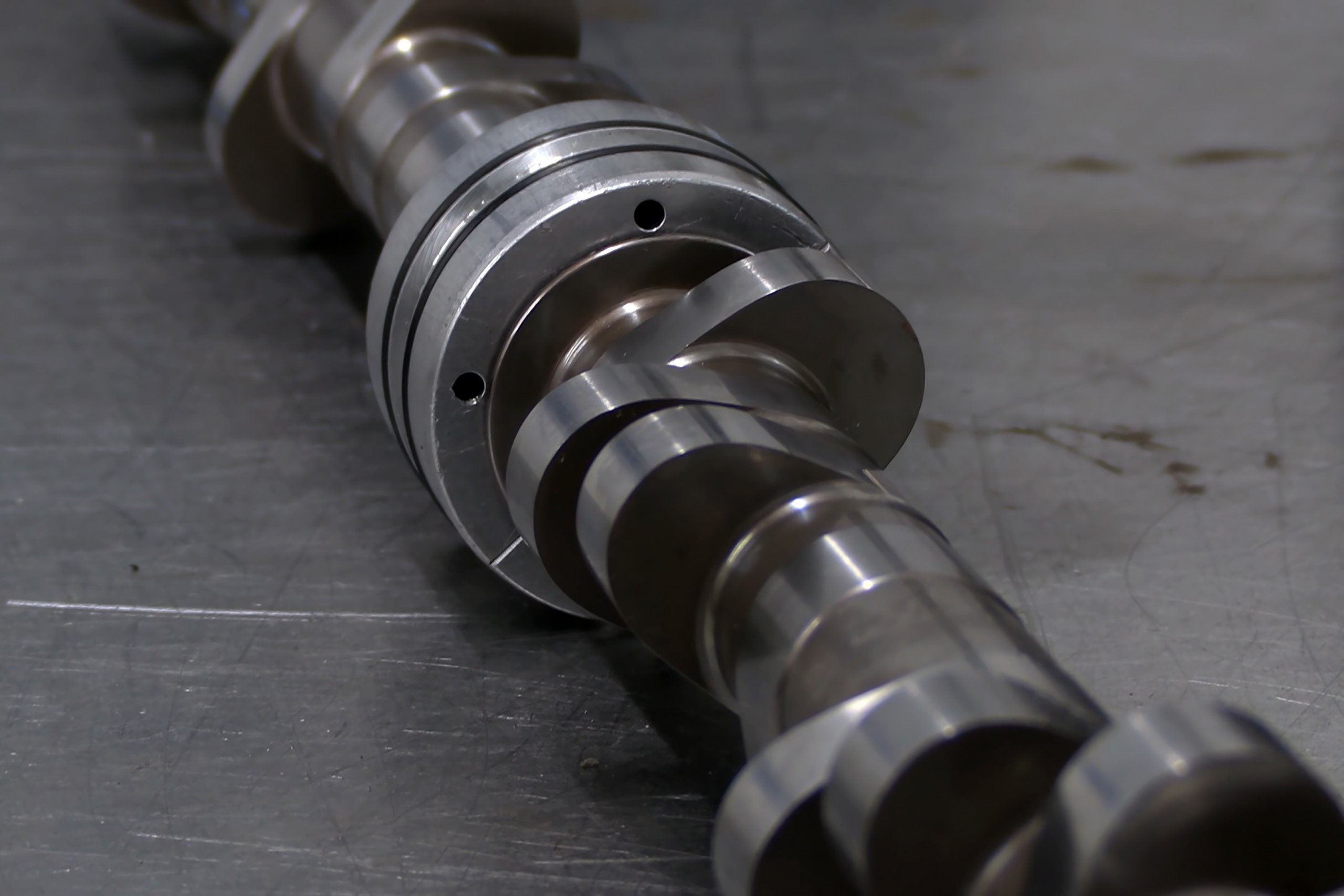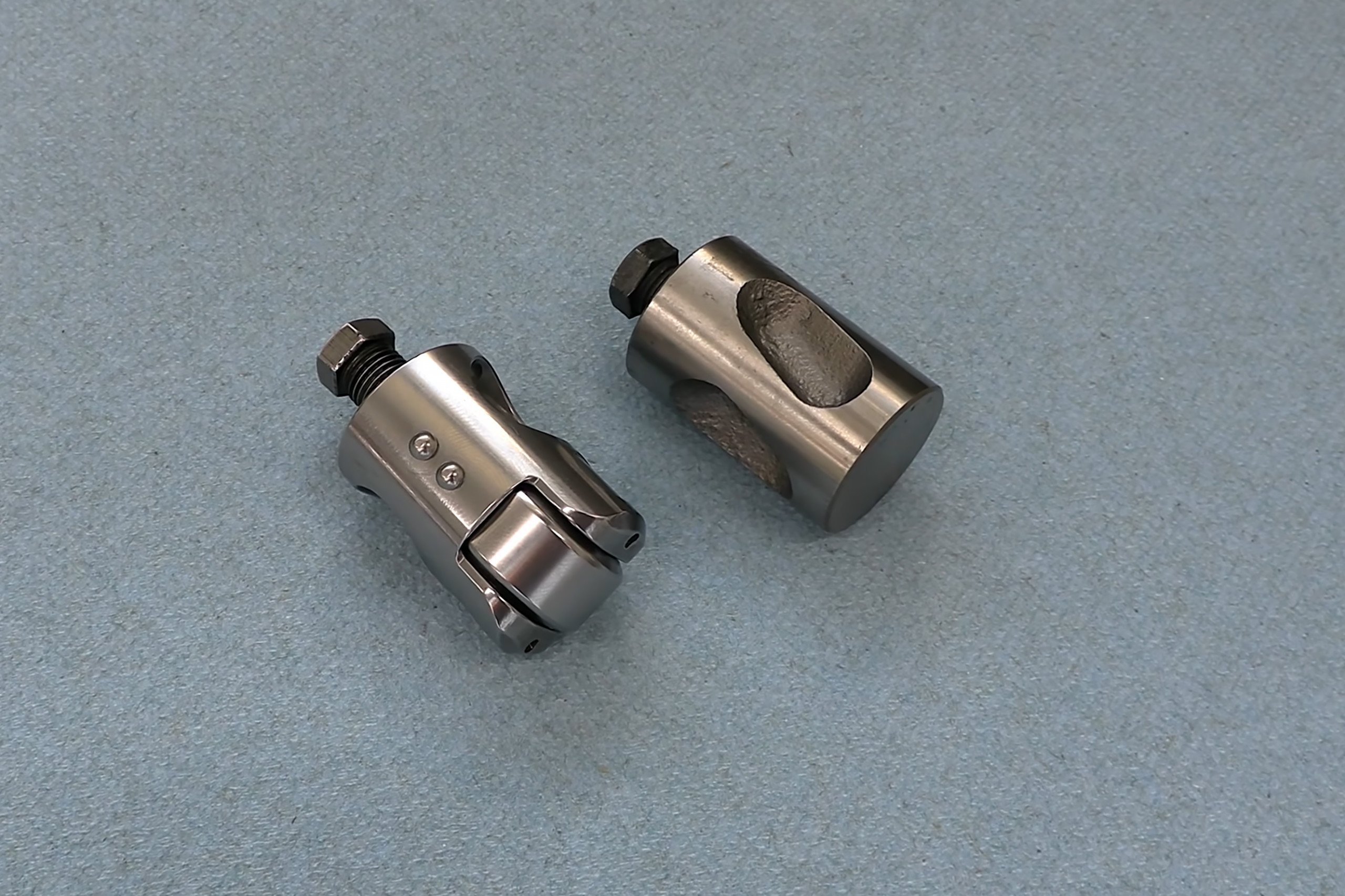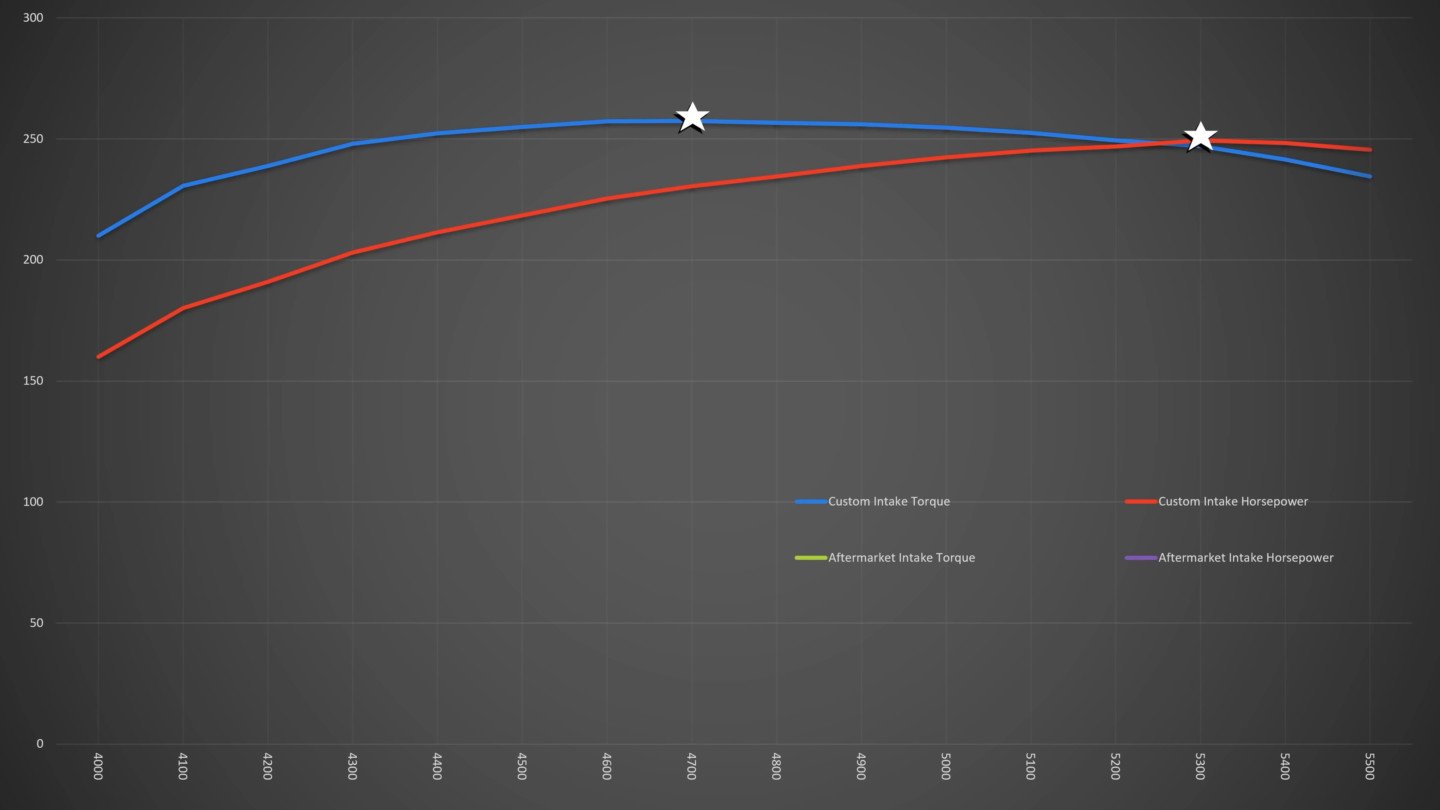When it comes to land speed racing, having the most horsepower doesn’t always mean you’ll be the fastest on the salt. But, the dry lake bed has been the showcase for some of the most impressive feats of internal combustion engineering to ever turn a crankshaft in anger. Enter the venerable Ford Flathead V8 engine and Keith and Jeff Dorton of Automotive Specialists.
Whenever the Dortons are turned loose on an outside-of-the-box build, you know there will be some ingenious modifications to showcase throughout the build. Luckily for us, Jeff Huneycutt of The Horsepower Monster has been there throughout the entire year-plus-long journey to document and highlight those tricks of the trade.
The goals for this engine were simple — secure the Southern California Timing Association (SCTA) XF/VGC record. The rules for the XF (Ford or Mercury Flathead from 1932-’53 with a true Flathead valve-in-block configuration) class consist of having to use the OEM block and be less than 325 cubic inches. Other than that, Dorton was weapons-free on the engine, as long as he kept both the intake and exhaust valves in the block, as well as the stock deck height.
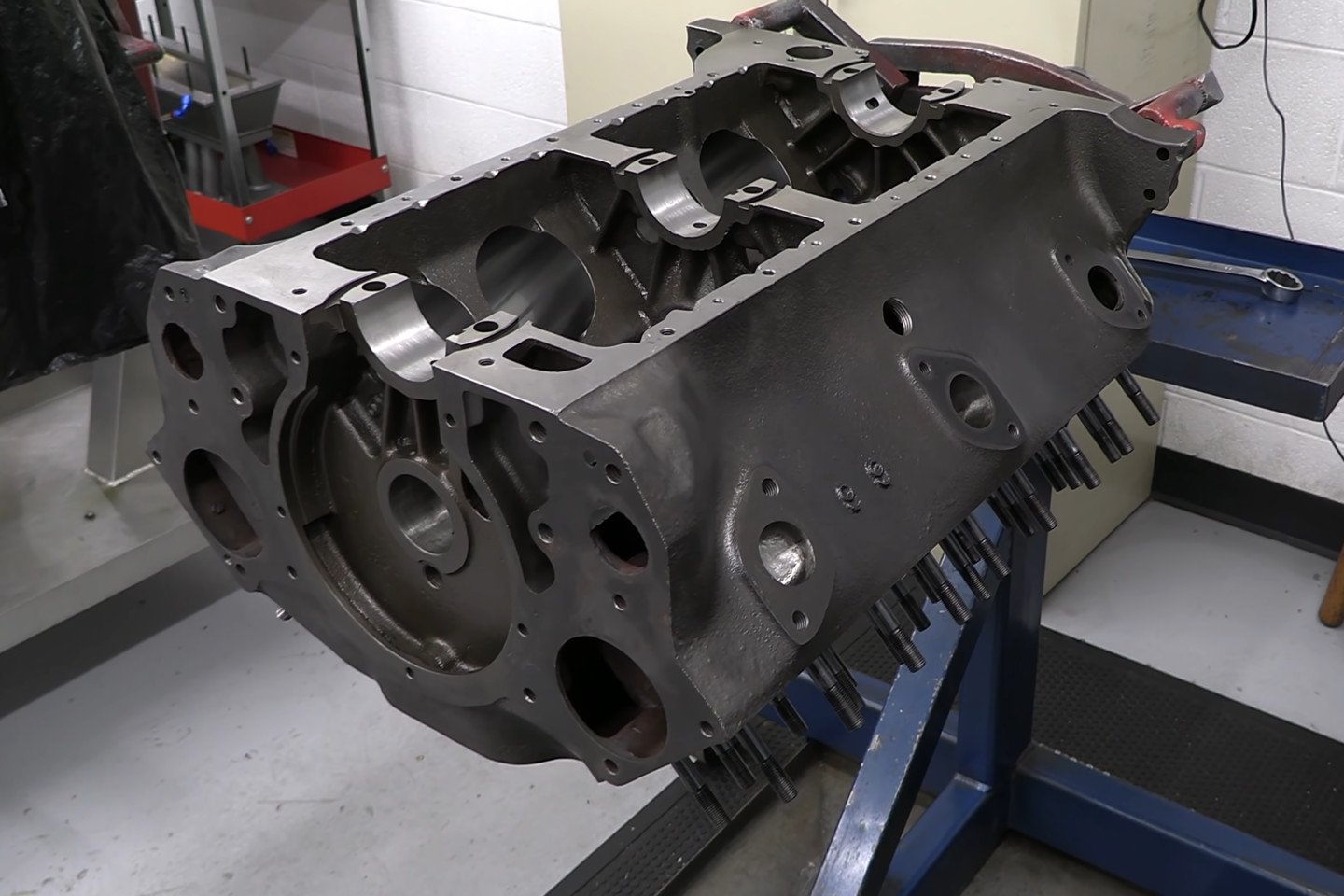
Finding a pristine engine block proved to be a challenge. The example they finally went with is one of the newest, at 70 years old.
Third Time’s A Charm
The first iteration of the engine saw the Dorton’s completely reworking the top end of the engine, heavily porting the block, after reversing the flow — making the intake ports the exhaust, and the exhaust ports the intakes. This required the removal of large chunks of the block, to be replaced with custom port plates, but that had to be abandoned due to a lack of sealing after a few heat cycles.
The second iteration of the engine utilized a traditional block which needed to have all eight bores resleeved. Unfortunately, that ended up removing too much of the block’s material and, like the previous attempt, led to water getting into the oiling system after a few heat cycles on the engine.
After acquiring an almost-perfect 70ish-year-old flathead engine, attempt number three started. Starting with a block manufactured somewhere between 1949 and 1953 (making it a “newer” block”). The original bore was 3.1875 inches with a 3.750-inch stroke for an original 239 cubic inches. That left Dorton quite a bit of room to grow. The bores were opened up to 3.375 inches, which is about as far as you can go safely on these blocks.
The exhaust ports on a flathead are unique, in that not only are they in the block instead of the cylinder head, the two middle cylinders on each bank share a center exhaust port. Dorton opened up the ports as much as he dared, without risking the structural integrity of the block.
In order to maximize the class-legal displacement, Dorton went with a billet-steel crankshaft from SCAT, with 4.375 inches of stroke. That comes out to 313 cubic inches – 11 from the maximum for the class. The crank is retained with a set of billet steel main caps that use half-inch socket-head cap screws as the main bolts. Tied into the center main is a custom main cap support system using one-inch-thick rails, bolted to both the block and the center main cap.
A set of modern flat-top MAHLE pistons hang off of a set of forged SCAT H-beam connecting rods measuring a stout 7.00 inches, center to center. The pistons feature a thin ring pack with Total Seal 0.8mm tool-steel top rings, and 0.8mm ductile iron Napier second rings. The crank was designed with a small-block Chevy 2.100-inch journal diameters, so that coated ACL rod bearings could be used in a standard size, albeit narrowed to fit the rod.
While a trio of traditional 2.50-inch main bearings are used, since the original rear main seal was a rope type and the project calls for a dry-sump oiling system, there was an issue. To resolve that, Dorton cut out the original portion of the block to make room for a custom-designed adapter, allowing the use of a traditional small-block Chevy rear main seal. An ATI Super Damper handles any torsional vibrations.
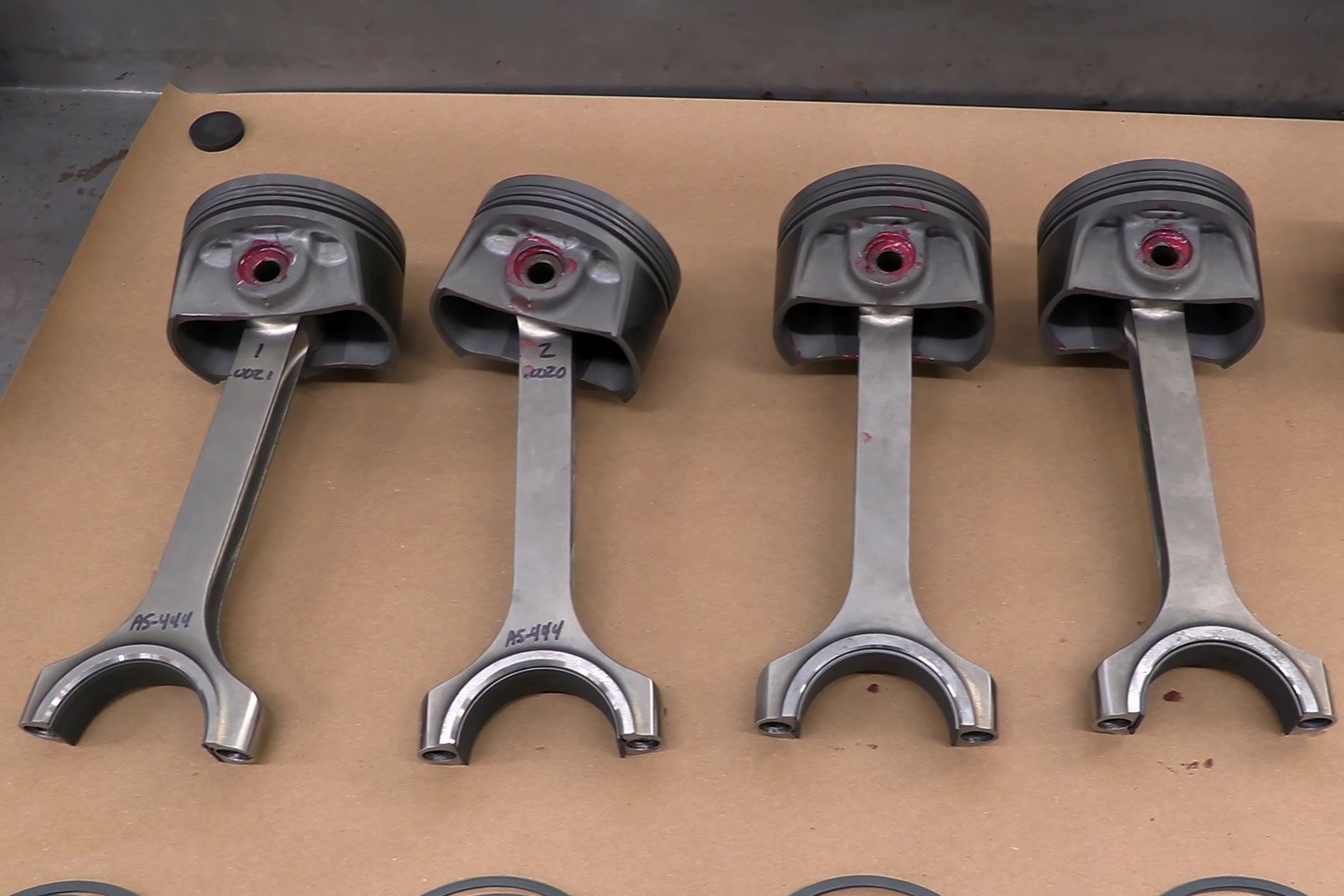
While the forged SCAT rods are unique in that they are extremely long, the MAHLE forged pistons are relatively standard modern units, with a 0.8mm ring pack from Total Seal.
Genuinely Trick Valvetrain
Since the Flathead uses a direct-action mechanical lifter, there is no rocker arm ratio to take advantage of to squeeze more lift out of the camshaft. Since that means the amount of lift is dictated by the overall diameter of the cam bearing ID, the logical fix is to enlarge the cam bore. Since removing material and using bigger journals and bearings wasn’t an option, the team went into their bag of competition engine tricks. Teaming up with Jesel and COMP Cams, Dorton used a clamshell-style roller-bearing design to be able to make the lobes as large as the cam tunnel diameter itself, instead of the cam bearing’s inside diameter.
The final specs on the cam are .470 inch of lift on both the intake and exhaust, but with a split duration of 270 degrees on the intake and 280 degrees on the exhaust — both at .050 inch of lift — with a 110-degree lobe separation angle. To keep the cam in time with the engine, a custom Jesel belt drive setup was engineered.
If you’ve ever seen a stock flathead lifter, you know they are pretty cool looking. However, the custom solid roller lifters designed by Jesel are even cooler. They retain the bolt-style lash adjuster, but add in a set of keys on the lifter bodies instead of a link bar to keep the roller wheels oriented in the right direction inside of the lifter bore — something not seen in flatheads before due to the design of the valvetrain.
In order to get the most lift possible, COMP Cams and Jesel worked together to design a billet camshaft and clamshell roller bearings.
Another modernization of the block is that bronze valve guides have been pressed into the block itself. That might not sound like anything revolutionary, but if you are at all familiar with the flathead’s valve “cartridge” design, you’ll realize that it’s a fairly radical departure from the traditional arrangement. That allows the team to get more aggressive with the port design to maximize airflow. Adding in a set of modern copper-beryllium valves cut to accept 1.625-inch titanium valves from Xceldyne, both intake and exhaust.
That new configuration also allows the use of modern valve springs and components. For this build, Dorton shared that the springs are similar to what you might find in certain NASCAR applications. Coupled with lightweight titanium retainers, it makes for an extremely modern valvetrain that comes in at quite a bit less mass than the OEM-style pieces. Things were so different, that Dorton had to create a custom valve spring compressor to work in this application.
On the left, you can see the trick Jesel solid roller lifter compared to a stock flat tappet. On the right, the inverted modernized valvetrain required some special tools, but are an incredible upgrade over the original parts and configuration.
Cylinder Heads Aren’t What You Think
Topping off the combination are a set of aftermarket cylinder heads, the Dortons have welded up and redesigned the chambers of. In fact, they are so happy with their design, that they are keeping it close to the vest. The heads are secured to the block by the standard 24-stud arrangement, with a Cometic gasket sealing everything up. All said and done, the combination comes out to a 9.20:1 compression ratio, which is a significant increase over the stock ratio.
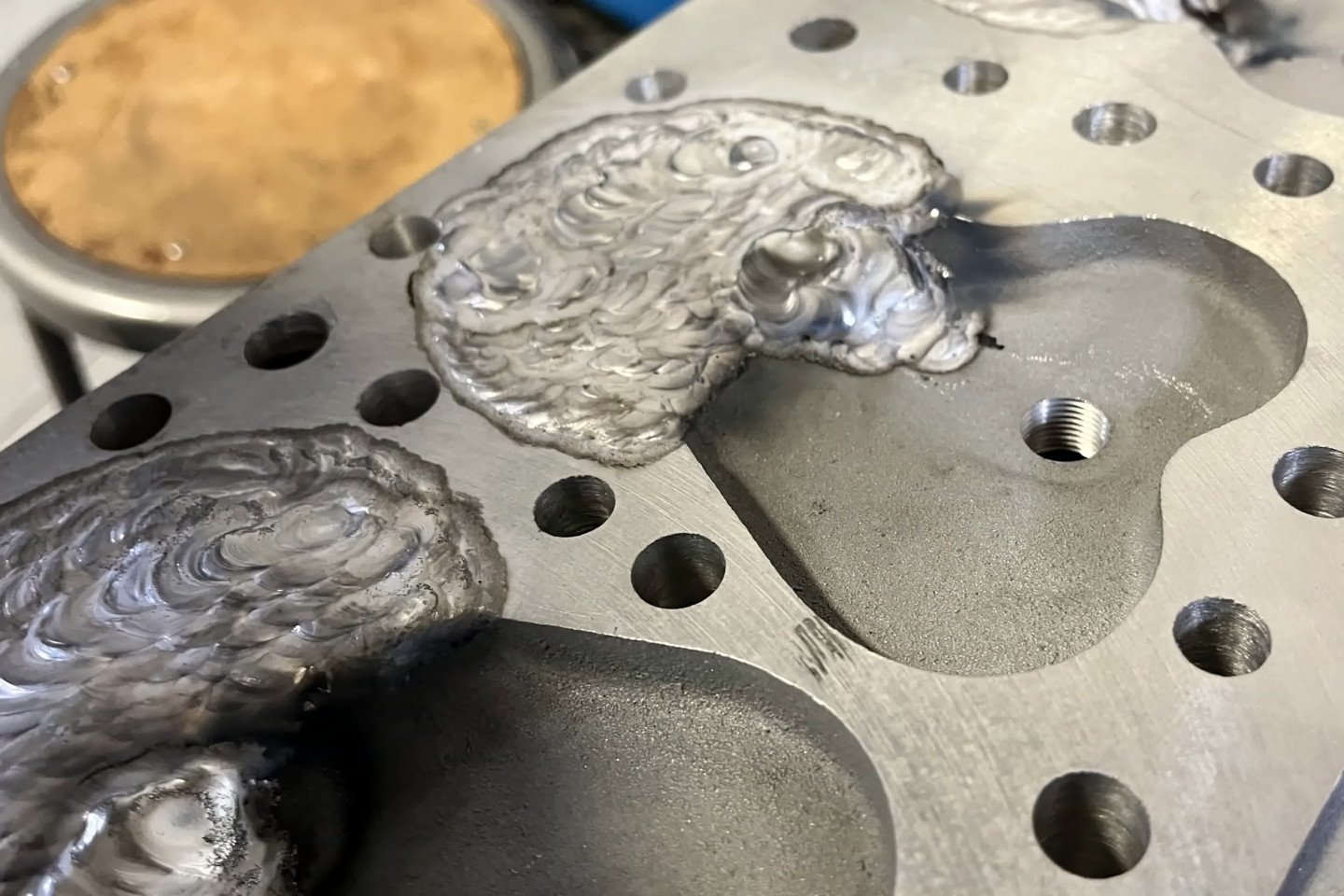
Dorton welded up the chamber area on the aftermarket heads and cut his own design into the castings. He didn’t share the final design, because he feels it works so well.
To light the mixtures off, a set of spark plug spacers are used to pull the plugs out of the chamber a bit. A small-diameter MSD crank trigger provides crank position information, while a belt-drive distributor system Jesel came up with sends the spark where it needs to go.
Topping the combination off is a custom-fabbed (of course) intake manifold. From previous experience, the Dortons knew that there is no such thing as too much plenum volume for a land-speed engine. In that application, throttle response isn’t an issue, and with the desired powerband of 4,500 to 6,000 rpm things were designed for that specific area. A pair of Holley XP 750cfm 4150 carbs on one-inch open spacers provide the fuel to the combination.

As you can see, the final configuration features a standard intake and exhaust arrangement, dual Holley 4150s, and enough plenum volume to fill a swimming pool.
On The Dyno
With everything together, the Dortons bolted the mill up to the dyno to see if they would hit their 250-horsepower goal. While a 250 horsepower goal might not seem like much at all, for an engine platform that never came with more than 95 horsepower from the factory, that’s a 250-percent increase. That kind of increase would be on par with getting more than 1,000 horsepower out of today’s modern V8 engines. Plus, the record the car owner was chasing was only 132.876 mph. The Dortons calculated that 250 horsepower would be more than enough.
After the initial break-in, tuning proved to be challenging, as several unique-to-this-combo issues arose. However, the Dortons are no slouches, so solutions were found, and the engine was brought online. Using 110-octane fuel and 35 degrees of timing, the final power numbers were reached. 249.4 horsepower at 5,300 rpm and 257 lb-ft of torque at 4,700 rpm. No one is going to quibble over being 0.6 horsepower from the team’s target horsepower. Since Bonneville Speedweek isn’t for another month, we’ll have to wait to see if the team breaks the record, but initial test runs have been promising.




